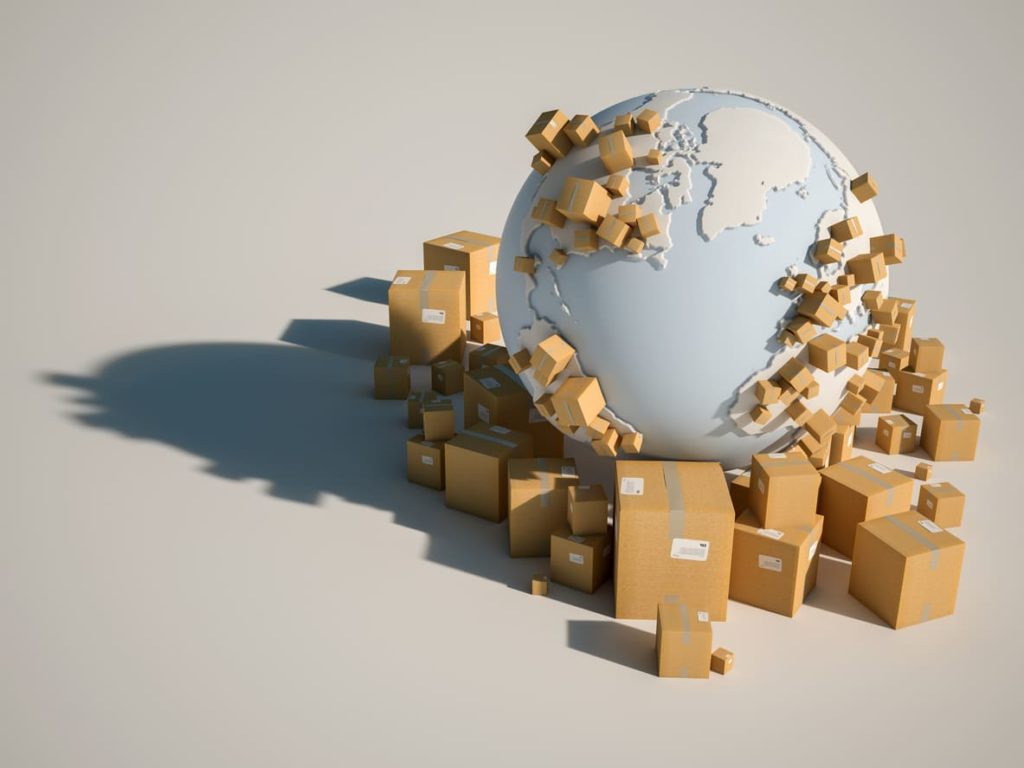
Do you think your product will be seen in the same way everywhere? There’s a strategic move many companies should make at some point in their lives: product customization. Examples can be found in all industries, from food service to cars.
The reasons for this move may in some cases have to do with the local culture, while in others the decision is due to the need to align with the applicable legislation at the target location. There can be widely different reasons for customizing, depending on the company’s objectives and circumstances.
Once the decision has been made, the modifications may affect the product itself or its packaging, advertising campaigns, or sales strategy.
Let’s take a look at the most frequent reasons behind product customization and examples of companies that have needed to make changes to theirs when they internationalized.

What is product customization?
Product customization is a strategy that adjusts and modifies a company’s existing product to the target market’s expectations and requirements. It’s a process that starts with market research and extends through different stages, involving several areas of the company, such as R&D and marketing.
The goal of this push on the part of the company is to make changes so that the product meets the needs of customers in that market. The factors that contribute to the need to tailor the product include laws, culture, customer preferences, local restrictions, customer purchasing power, and safety and quality standards.
It’s an important piece in a business’ strategy that can be decisive in its success outside of its own country, especially when the culture and laws are different from where the product originates from and is manufactured.
Why you might need to customize your products: examples
There are many reasons to adapt a product, such as:
-Regulations. Companies need to be ready to meet any and all legal requirements. They can affect a product’s composition, the information on its label, or the sales focus used in advertising.
-Needs of the market. Sometimes a product needs to be tweaked to target a market in particular. The demand dictates standards and the competition sets the differentiation level to be achieved. The degree of market development has a clear influence on the customization process, highly developed markets generally being more demanding, whereas in less developed markets only the product’s basic and most functional features, based on its category, need to be ensured.
–Target customer profile. Changes in size, in packaging, or pricing can make a product more attractive for the target customer in each country by better adapting to their preferences. To make those changes, you have to know the local culture. It’s not enough for your product’s slogan simply to be readable in the target language, you have to make sure it aligns with the values, beliefs, and priorities of the audience it is addressing, which we call content localization.
Examples of product customization
When you’re considering product customization, it’s a good idea to look for inspiration. Examples like these can give you some ideas about how to carry out a project of this kind:
- Different brand name, like Frigo ice cream, which in Nordic countries is Frisko, or Burger King, which is Australia is known as Hungry Jack’s, names that mean more in the local context.
- Different product name, like Minute Maid juices, which have a wide range of names depending on the country (like Andina or Del Valle, always managing to connect more effectively with the local consumers through meaning).
- Different product design, such as right-hand-drive cars for the UK, India, Japan and Australia.
- Different product composition, such as adapting the menus of global chains like McDonald’s to their vegetarian, Jewish, or Muslim consumers for instance, offering meatless products or meat from certain animals only.
- Different online marketing strategy for the product, not only by translating into the language of the target country but localizing content.
The importance of product customization is unquestionable, as the examples above show. Although taking this step is not many companies’ first choice, the ones who lose market share by not adjusting to the local culture learn the error of their ways sooner rather than later.
Product customization is a central aspect of adapting the export market offering. Do you want your company to succeed even in far-off locations?
There are no comments





Leave a comment